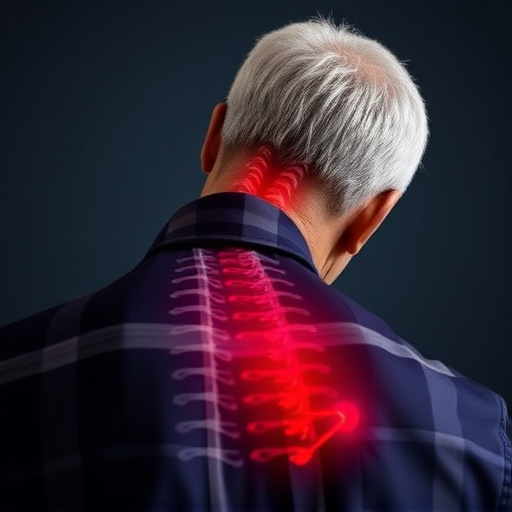Over time, societal changes and medical advancements have dramatically reshaped the focus on physical appearance. Historically exclusive cosmetic procedures like facelifts and nose reshaping are now more accessible due to improved medical knowledge, technological innovation, and evolving cultural norms. The growing popularity of non-surgical options like Botox and fillers, as well as modern techniques such as plastic intake tube treatments, offers both aesthetic improvements and functional benefits. However, these methods carry varying advantages and disadvantages, with risks including health hazards, psychological dependencies, and the perpetuation of unrealistic beauty ideals. A comparison between traditional and modern beauty standards reveals this complex interplay, underscoring the need for informed choices tailored to individual needs and desires.
Appearance Over Time: Navigating the Evolution of Cosmetic Procedures and Plastic Intake Tubes
In today’s world, the focus on physical appearance has evolved significantly over time. This article delves into the changing landscape of cosmetic procedures, specifically examining the rise in popularity of appearance-focused treatments. We explore historical beauty standards and their impact, while also dissecting the applications and implications of plastic intake tubes—a game-changer in various medical and aesthetic practices. Through a comprehensive pros and cons comparison, we guide readers towards informed decisions, considering both current trends and future alternatives.
- The Evolution of Appearance-Focused Procedures
- – Exploring the shift towards focusing on physical aesthetics
- – Historical perspectives on beauty standards and their impact
The Evolution of Appearance-Focused Procedures

The focus on physical appearance has evolved significantly over time, reflecting societal shifts and advancements in medical technology. Historically, procedures aimed at enhancing or altering one’s appearance were often associated with luxury and exclusivity, reserved for the elite. Today, thanks to a confluence of factors including improved medical knowledge, technological innovation, and changing cultural norms, cosmetic procedures are more accessible and mainstream than ever before.
This shift is particularly evident in the growing popularity of plastic intake tube procedures, which offer both aesthetic improvements and functional benefits. A comparison of these treatments reveals a mix of pros and cons. For instance, while non-surgical options like Botox and filler injections provide quick, temporary solutions with minimal downtime, they may not be suitable for everyone or every concern. In contrast, surgical procedures like facelifts or nose reshaping offer longer-lasting results but come with higher risks and recovery times. This evolution continues as new techniques and technologies emerge, allowing individuals to make informed choices tailored to their specific needs and desires.
– Exploring the shift towards focusing on physical aesthetics

In recent times, there’s been a noticeable shift in societal priorities, with an increasing focus on physical aesthetics. This trend is evident across various cultures and media platforms, where beauty standards have become more stringent and narrowly defined. The allure of enhanced or altered appearances has sparked a global phenomenon, leading many to consider cosmetic procedures as a means of self-expression and improvement. However, this shift towards appearance-driven culture raises important questions about the potential consequences of such a focus on physical attributes.
A comparison between traditional beauty standards and the modern emphasis on aesthetics reveals a dramatic change in societal expectations. The use of plastic intake tubes, for instance, has gained popularity as a way to enhance certain features or achieve an idealized look. While there are pros, like improved confidence and perceived attractiveness, cons include potential health risks, psychological dependencies, and the perpetuation of unrealistic beauty ideals. This focus on physical appearance can lead to body image issues, as individuals strive for unattainable standards set by a narrow definition of beauty.
– Historical perspectives on beauty standards and their impact

Throughout history, beauty standards have evolved dramatically, reflecting societal shifts and cultural influences. In ancient civilizations like Greece and Rome, beauty was often associated with idealized physical features, such as symmetry and proportion, which are still admired today. However, these standards were exclusive and often unattainable for the majority of people, leading to a historical narrative where beauty was largely determined by social class and privilege.
The advent of modern medicine and technology, particularly with the rise of plastic surgery and aesthetic treatments, has sparked a new chapter in the discussion around beauty standards. A comparison between the historical reliance on natural beauty and today’s focus on surgical enhancement reveals both pros and cons. While advancements like plastic intake tube procedures offer individuals the chance to achieve desired looks, they also raise concerns about the potential for unrealistic expectations, body image issues, and societal pressures that can lead to a distorted perception of beauty.
Over time, the focus on physical appearance has evolved significantly, driven by changing societal norms and historical beauty standards. This article explored the shift towards appearance-focused procedures, highlighting both the pros and cons of various aesthetic practices. In comparing the intakes of plastic surgery and other cosmetic treatments, it’s evident that while they offer solutions for self-expression and confidence, they also come with potential risks and ethical considerations. Ultimately, striking a balance between personal expression and health is crucial in navigating this dynamic landscape of physical aesthetics.














